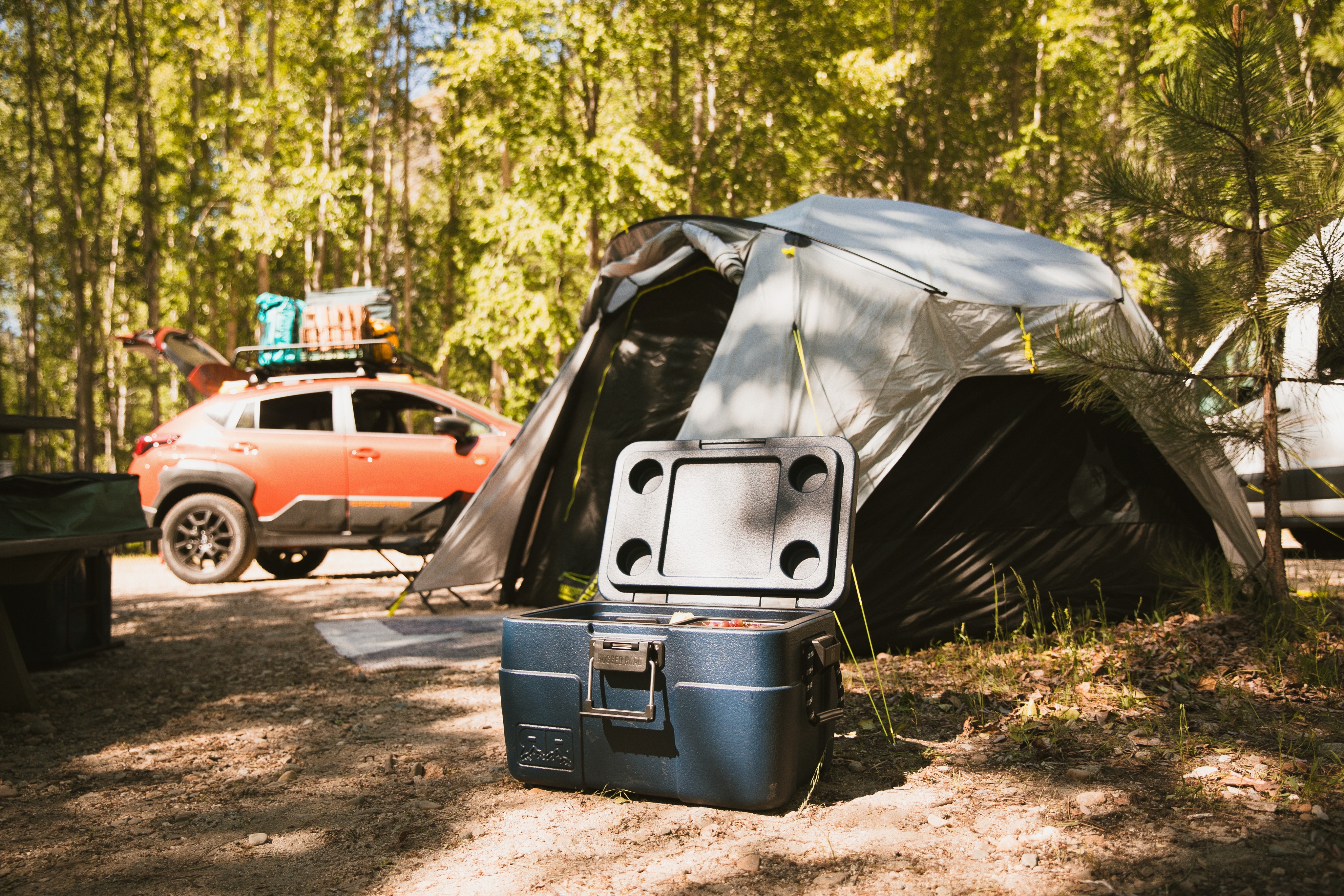
The Best Coolers of 2024: Staff Picks
Coolers have changed a lot in the past decade. What were once basic iceboxes have morphed into technological wonders designed to keep everything from seltzers and fruit to popsicles and ice cream chilled for days on end. But the options can be overwhelming, and not everyone has the same food-chilling needs. That’s where we come in.We've rounded up co-op staffers' and customers' favorite coolers currently available at REI. There are soft-sided and hard-sided options, plus a wallet-friendly one and even an electric one. It doesn't matter whether you're going big or going to the park—there's something on this list for everyone.Staff PicksFind quick recommendations below or scroll down for in-depth reviews.Best Small Soft Cooler: REI Co-op Pack-Away 12 Soft CoolerBest Large Soft Cooler: YETI Hopper M30 2.0 Soft CoolerBest Backpack Cooler: IceMule Pro Cooler - 23 LitersBest Budget Hard Cooler: Igloo ECOCOOL 30 CoolerBest Large Hard Cooler: Rugged Road 65 V2 CoolerBest Wheeled Cooler: YETI Roadie 32Best Cooler for Ice Retention: YETI Tundra 45Best Electric Cooler: Dometic CFX3 35 Powered CoolerBest Soft-Sided CoolersBest Hard-Sided CoolersShop All CoolersBuying AdviceShopping for a new cooler can be a daunting affair. Here are a few factors to consider.Cooler ConstructionYour cooler is designed to seal the heat out (rather than keep the cold in). But the materials used to that end differ. Here are the main types, and each one comes with its own pros and cons.Soft-Sided CoolersAs you might have guessed, these coolers (like the REI Co-op Pack-Away 12, IceMule Pro Cooler and YETI Hopper M30 2.0 are constructed with soft materials in the walls rather than the more traditional hard plastic. This means they tend to be lighter and easier to carry and store than their hard-sided counterparts. In return, they can be less durable and less efficient at keeping your stuff chilled.Soft coolers tend to be best for day trips—where you can enjoy their easier carrying and packability without running the insulation to its limit.Hard-Sided CoolersHard-sided ice chests like the YETI Tundra 65 and Rugged Road 65 V2 cooler are far less portable than their soft-sided brethren but they typically maintain insulation for longer and protect contents better. Hard coolers tend to come in larger sizes, so it's easier to feed more people. And, a hard-sided cooler can double as a seat in a pinch. Premium hard-sided coolers offer Arctic-level insulating ability, allowing ice to last for days. (Additionally, some brands like YETI use a process called rotomolding that fuses a seamless outer plastic shell with the insulation for an airtight seal.) In general, a hard-sided cooler is your best bet unless it's not. Some can be heavy to haul around. In other words, consider a hard cooler, with its superior insulation, over a soft-sided cooler unless you really need or want the portability and packability of a softie. Backpack coolersThese are outfitted with shoulder straps and even hip belts for hands-free comfortable transport like the IceMule Pro. Some backpack coolers have added features like external pockets or lash straps so you can take additional gear with you, like a camp blanket or picnic supplies. FeaturesDifferent coolers come with different features, but you probably don't need them all. Depending on your preferences, consider niceties like cup holders, tie-down toggles or interior organizational systems like wire baskets or plastic compartments. Other features, such as etched rulers to measure fish, are more specific to your chosen activities. The more features a cooler has, the more expensive it's likely to be. Plan accordingly.Wheeled coolersSome hard-sided coolers roll to ease transport when they’re loaded. Mechanisms vary from small plastic wheels to inflatable tires with all-terrain tread. Some rolling coolers can even be hitched to your bike with an added accessory. The YETI Roadie 32 is the only cooler on wheels in this list.Electric coolersNewer to market, powered coolers like the Dometic CFX3 35 use electricity to chill the interior rather than ice, making it easier to stay off the grid longer. This means it's also possible to travel with freezer goods (like ice cream!) since the electricity allows you to maintain a significantly lower temperature than you can with loose ice. However, electric coolers weigh significantly more than traditional hard- or soft-sided coolers, and cost a lot more too.MethodologyWe picked the top coolers at REI based on customer feedback as well as our own rubric for the best cooler for each activity. Our favorites include options for short jaunts, longer hikes, days on the river, extended road trips and everything in between, as well as a budget option. These eight coolers are the picks we'd recommend to anyone.Additional reading:How to Pack Your Cooler




